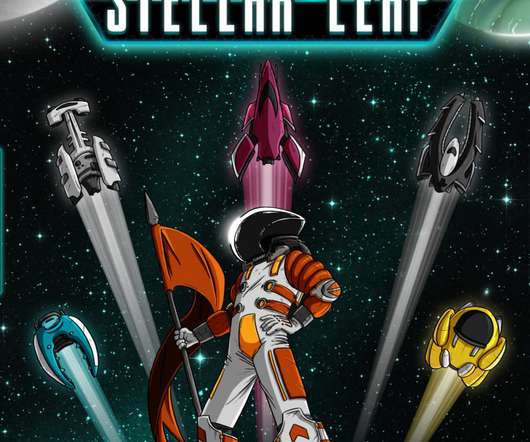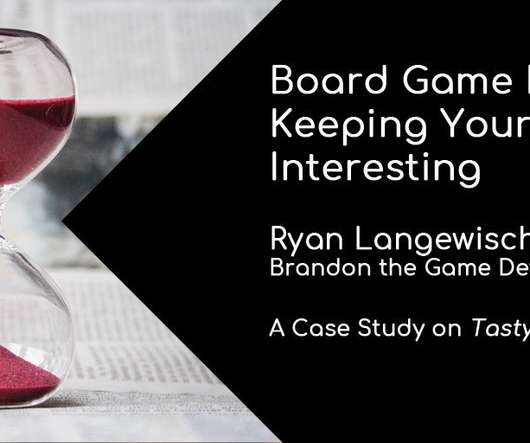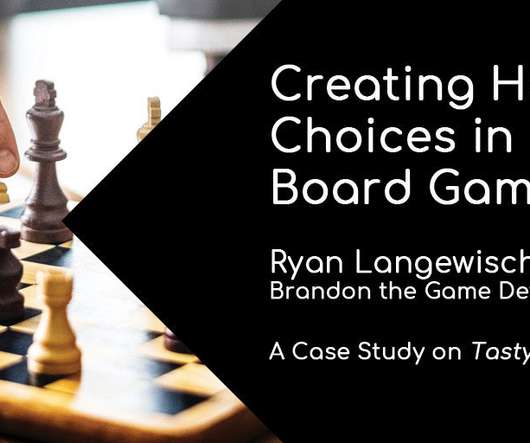Bringing it Together – The Board Game as a Project
Brand Game Development
JANUARY 2, 2018
Board game development is a very individual process. Every single developer has different methods for creating their games. This article is the ninth of a 19-part suite on board game design and development. Need help on your board game? The Forgotten Parts of Game Development Finding an Audience Parting Advice.












Let's personalize your content